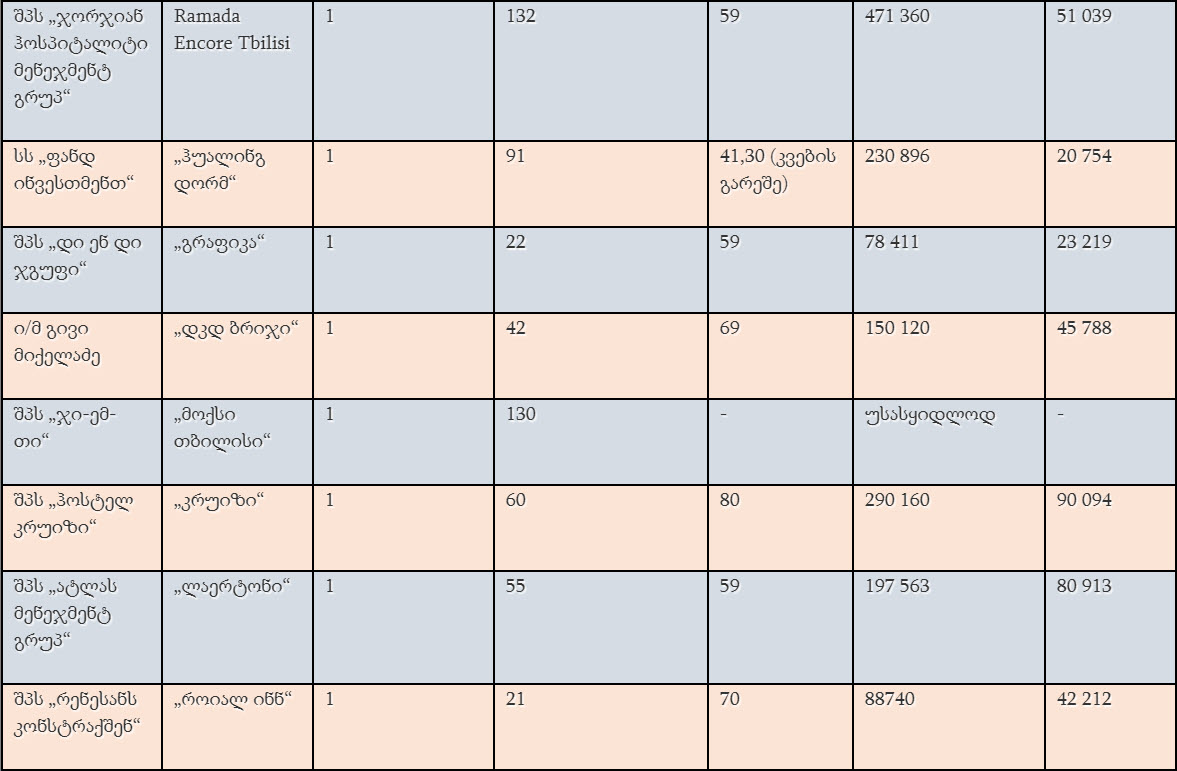Investigating Coronavirus Fakes And Disinfo? Here Are Some Tools For You
There is no dignified way of putting it — the world has gone bananas as the COVID-19 pandemic rages. When the threat of deadly infection is mixed with the peculiar rush of going viral, people are bound to spread fakes. Even those of us who mean well.
Many Bellingcat team members are impacted by this on more than just the professional level. Our older parents, for example, frequently fall prey to fakes. Sometimes, coronavirus disinformation is passed on by friends who simply want to keep us safe.
Why are fakes such a problem in the middle of a pandemic? Here is a good way to think about it:
The prevalence of fakes normalizes disinformation while helping erode overall trust in government and media institutions. This is especially bad as passing on important information through trusted channels can and does save lives.
Even the most benevolent fakes create a kind of “white noise” on social media. They saturate the information ecosystem, resulting in enormous distractions during a critical time.
Disinformation can and is weaponized by self-serving government officials keen to shift the blame for the spread of the virus. This video our investigator Robert Evans did together with Newsy explains more.
Fakes and disinformation can lead to panic, confusion, and death. They can create a run on critical infrastructure. They can even cause a stampede at your local supermarket. After all, what if tomorrow some popular YouTube health guru decides that organic capers “definitely” cure coronavirus? Immediate, physical danger can be the result of disinformation (just consider this recent case in India).
With that in mind, if you take your time to investigate fakes and disinformation, you are doing God’s work (or the Flying Spaghetti Monster’s work, or whatever floats your boat). This is why we at Bellingcat are determined to bring your attention to the wide array of tools and guides we have available to conduct online investigations at this difficult, confusing, and dangerous time:
— This is the free Bellingcat Online Investigation Toolkit, put together by Christiaan Triebert. There are a lot of resources in there and a lot of information — it may not be especially useful for beginners, but it’s good to keep it bookmarked.
— This is Aric Toler’s guide to using reverse image search (especially useful if you think an old photo is being recycled online). WATCH THIS SPACE: Reverse image search technology is constantly evolving.
— But *how* to figure out *when* a particular photo was taken? Especially with many photos of empty city streets sometimes being recycled from the olden days as well? This case study (featuring Russian assassins!) is of use here..
— The number of flights may currently be dwindling, but they are still out there. Flight information can especially be useful if you are cross-referencing information (for example, a friend was recently claiming to me on Facebook that a group of unnamed Chinese businessmen just sent “dozens” of planes for aiding the pandemic-stricken United States… yeah, that was false, and I knew it right away, but what about more sophisticated claims?). Here is Giancarlo Fiorella’s guide to flight tracking for beginners.
— Charlotte Godart has pulled together a guide for doing research on TweetDeck. Twitter is swarming with disinformation right now, and TweetDeck can help you greatly simplify your research, saving precious time.
— Here is a sad and true story: A businessman in Philadelphia has played hardball with city officials as they struggle to find space to treat an influx of coronavirus patients. The problem? Some outraged people recently “found” his number online. Unfortunately, it belonged to a completely different, innocent person. With that in mind, here is Aric Toler’s guide to using phone contact apps for digital research.
— A worldwide panic is a great time for scammers to thrive! Using cryptocurrency, meanwhile, is an especially easy way to scam people. With that in mind, here is Brenna Smith on how to analyze bitcoin transactions.
— Need to investigate one of those fake doctors who naturally pop up during a pandemic? Nathan Patin’s guide to investigating LinkedIn may be just the ticket.
— Google Earth can be a great way to figuring out if people are where they say they are. For example, I recently saw someone claim they were “broadcasting” from the “panic-stricken” U.S.-Mexico border, when they were most likely in their grandma’s backyard. This case study can help you geolocate the liars and goofs.
— And look, secondhand trauma is a real phenomenon in times like these. It’s not just for wartime, a pandemic can also leave lasting psychological scars. If you are delving into content that may be disturbing, please read Hannah Ellis’ guide to vicarious trauma — and what to do about it — beforehand.
Good luck, stay safe, stay healthy, and stay indoors as much as you are able. At least with our investigation tools at the ready, you will have plenty of exciting research to do in quarantine.


